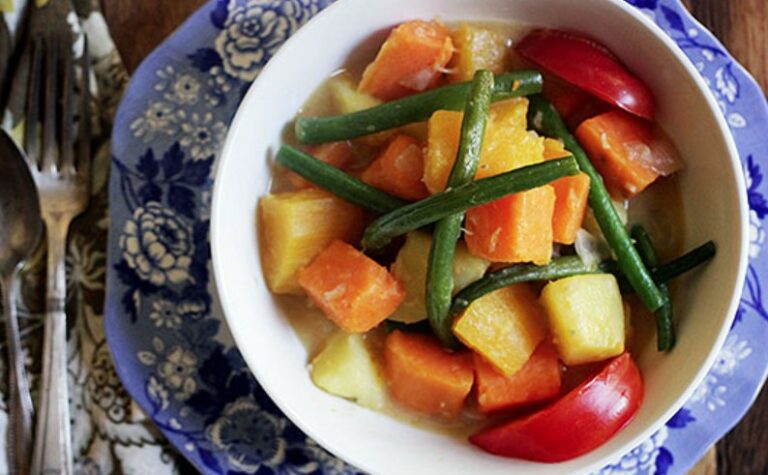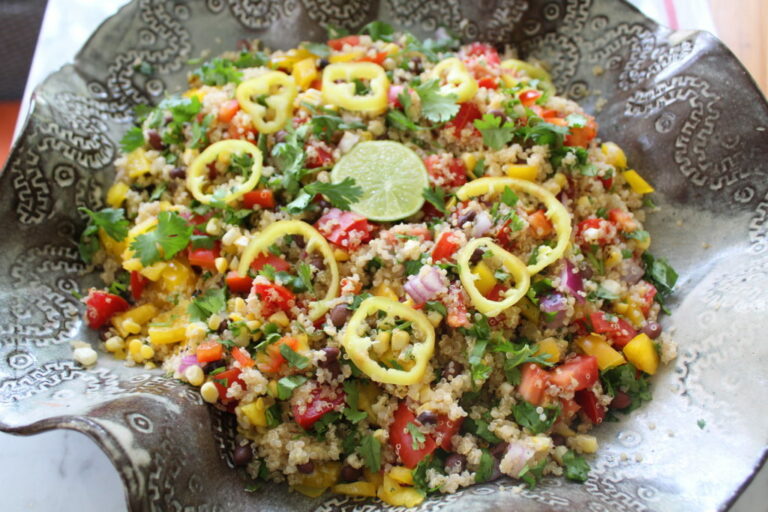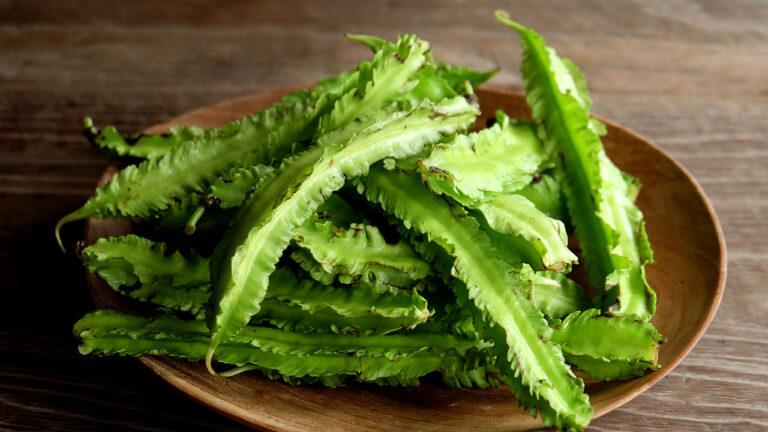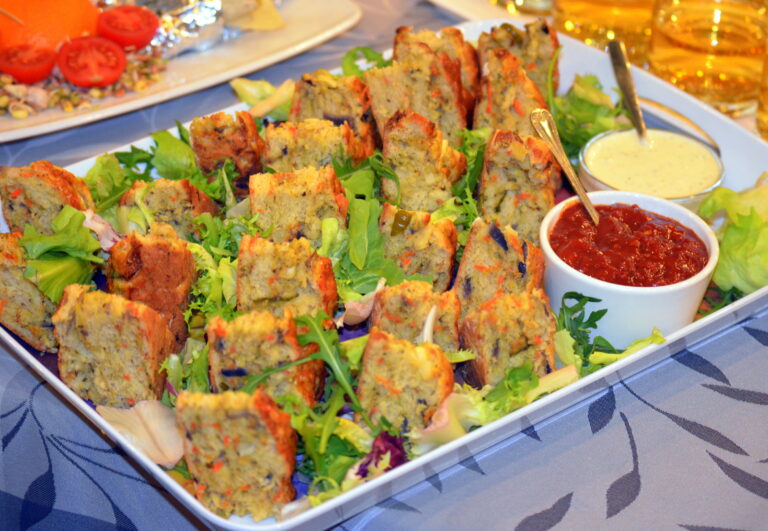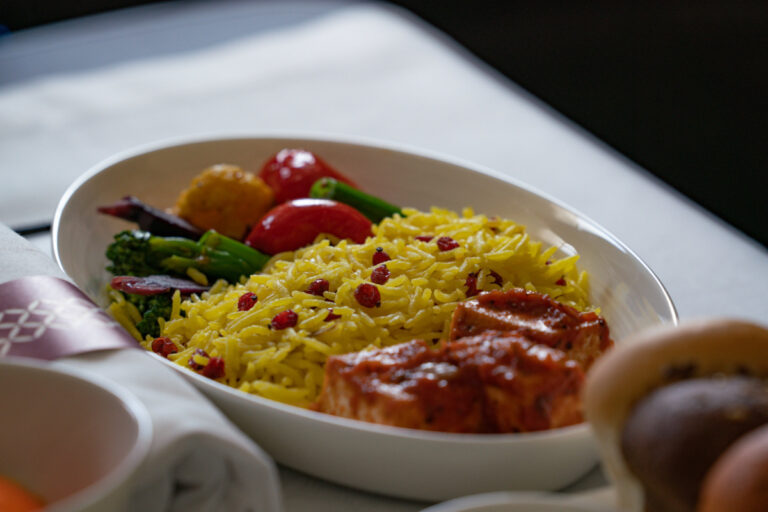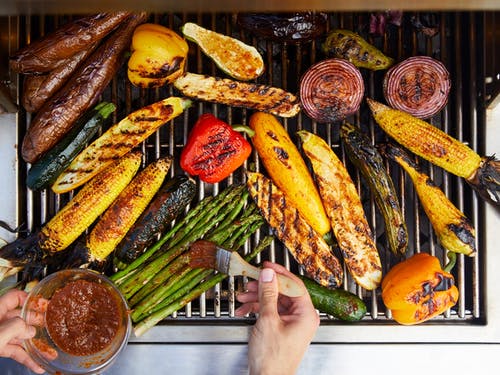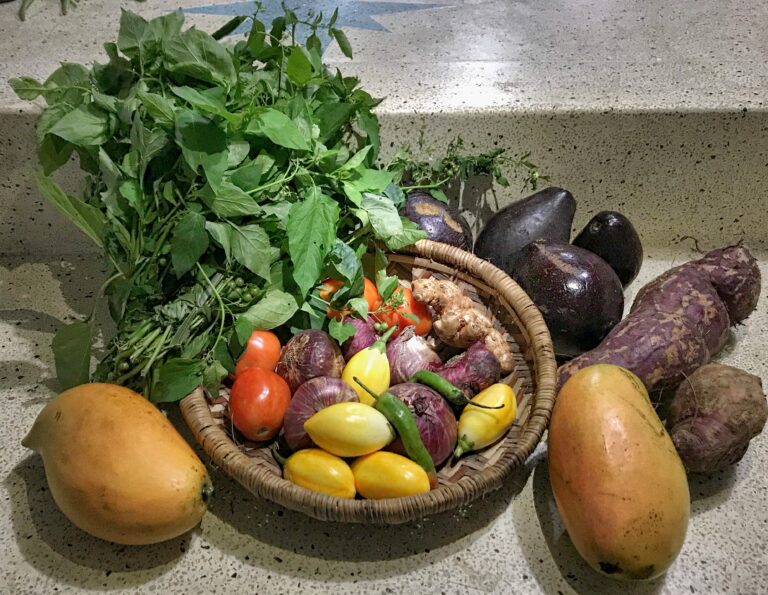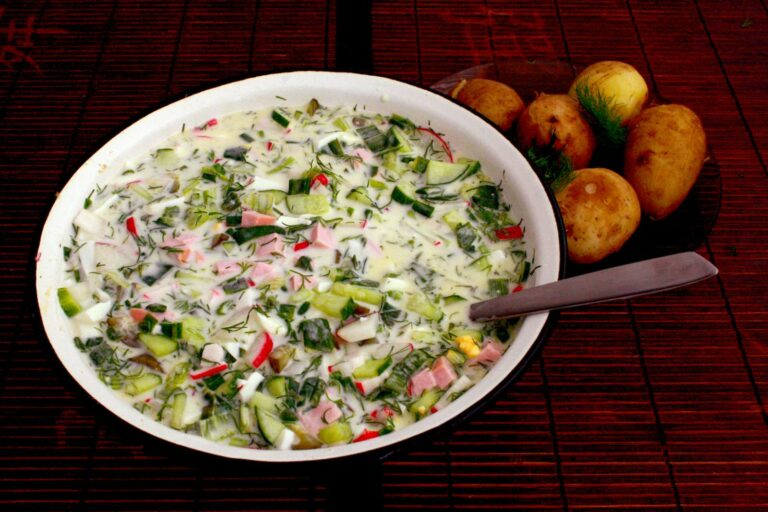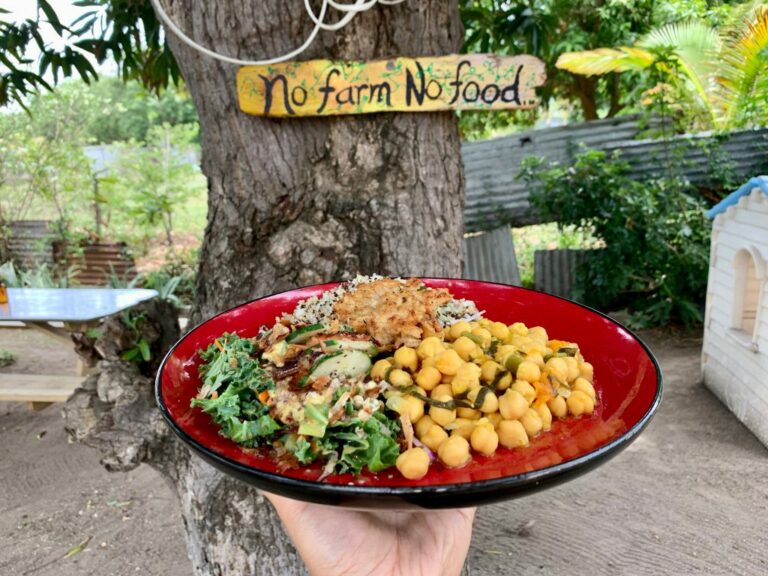Introduction to Papua New Guinean Cuisine
Papua New Guinea is a country in the Pacific region known for its diverse and vibrant culture, including its unique cuisine. The food in Papua New Guinea reflects the country’s rich cultural heritage, with influences from Melanesian, Polynesian, and Asian cultures. The traditional dishes in Papua New Guinea are usually made with local ingredients, including fruits, vegetables, fish, and meat.
Traditional PNG dishes and their ingredients
Traditional Papua New Guinean dishes are primarily meat-based, with pork, chicken, and seafood being common ingredients. Some of the popular traditional dishes in Papua New Guinea include Mumu, a dish consisting of meat, vegetables, and sweet potatoes cooked in an underground oven, and Kokoda, a dish made with raw fish marinated in lemon juice and mixed with coconut milk.
The Cultural Significance of Meat in PNG Cuisine
In Papua New Guinean culture, meat plays a significant role in traditional ceremonies and celebrations. Meat is considered a symbol of wealth and prestige, and it is often served as the main dish during special occasions. The cultural significance of meat in Papua New Guinean cuisine makes it difficult for vegetarians to find a variety of options in traditional restaurants.
Vegetarian-friendly alternatives in PNG Cuisine
While traditional Papua New Guinean cuisine is not vegetarian-friendly, there are some alternatives available for vegetarians. Many fruits and vegetables are abundant in Papua New Guinea, including taro, yams, sweet potatoes, and cassava. These ingredients are often used in dishes such as stews, curries, and soups that can be made without meat. Coconut milk is also widely used in Papua New Guinean cuisine, adding flavor and richness to many dishes.
Popular Vegetarian Dishes in PNG
Some of the popular vegetarian dishes in Papua New Guinea include taro stew, pumpkin soup, and cassava chips. Taro stew is made with taro, a root vegetable similar to potato, and coconut cream. Pumpkin soup is a comforting dish made with pumpkin, coconut milk, and spices. Cassava chips are a popular snack in Papua New Guinea, made with cassava, a starchy root vegetable, and deep-fried until crispy.
Finding Vegetarian Options in PNG Restaurants
Finding vegetarian options in Papua New Guinea restaurants can be challenging, as traditional restaurants are primarily meat-based. However, there are some restaurants that cater to vegetarians, such as vegetarian restaurants and cafes in larger cities like Port Moresby. Travelers may also consider cooking their meals using locally sourced ingredients, such as fruits, vegetables, and coconuts, to ensure they have vegetarian options available.

